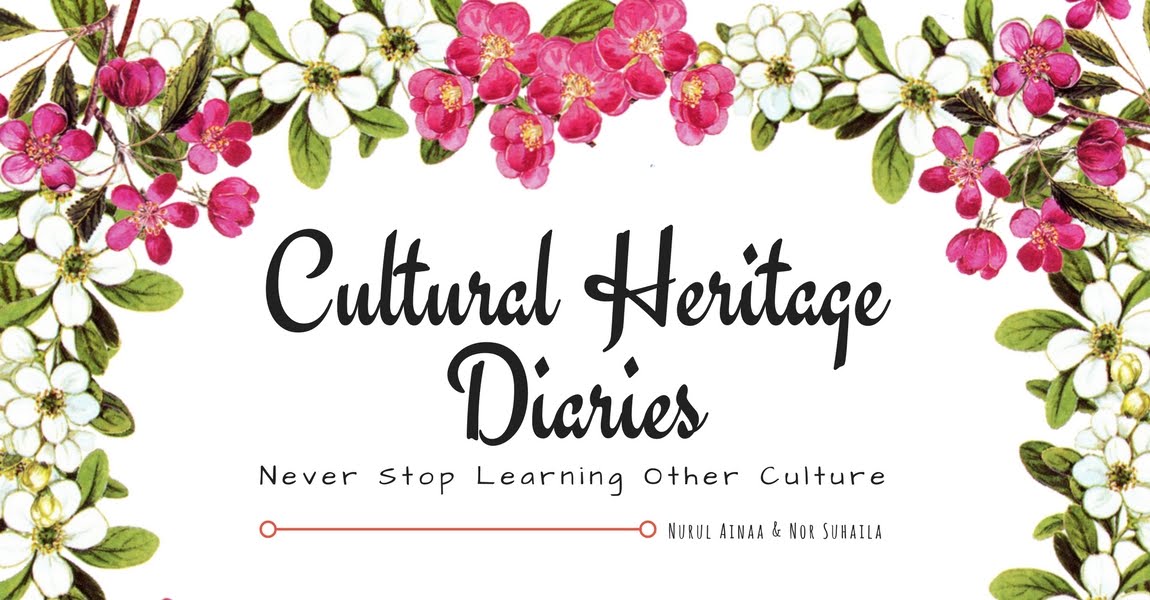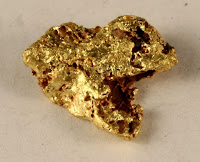Gold
What are the different types of gold in jewellery?
When you are buying gold jewellery, you often get to choose between different types of gold colours, gold karats, and gold plating options. What do all those things mean, and is there a big difference between the different gold types? Here’s a quick guide to learn about gold colours and karats.
Gold Colour
Gold jewelry is not pure gold. It is an alloy; a mixture of metals. Gold jewelry can be alloyed with silver, copper, zinc, palladium, and nickel to create different gold colors. The most common gold colors are: yellow, white, rose, and green.
 Yellow Gold is made by mixing pure gold with silver, copper, and zinc. It is the purest color, the most hypo-allergenic, and requires the least maintenance of all the gold colors.
Yellow Gold is made by mixing pure gold with silver, copper, and zinc. It is the purest color, the most hypo-allergenic, and requires the least maintenance of all the gold colors. White / Silver Gold is made of gold and platinum (or palladium). White gold can also be made of gold, palladium, nickel and zinc. White gold is more durable and scratch-resistant than yellow gold. It is also more affordable than both yellow gold and platinum.
White / Silver Gold is made of gold and platinum (or palladium). White gold can also be made of gold, palladium, nickel and zinc. White gold is more durable and scratch-resistant than yellow gold. It is also more affordable than both yellow gold and platinum. Rose gold (or pink gold) is alloyed with gold, copper, and silver. Rose gold is more affordable than the other gold colors because it uses the inexpensive copper for its rose color. Due to its copper content, rose gold is more durable than yellow or white gold.
Rose gold (or pink gold) is alloyed with gold, copper, and silver. Rose gold is more affordable than the other gold colors because it uses the inexpensive copper for its rose color. Due to its copper content, rose gold is more durable than yellow or white gold.
Green gold (or Electrum) is mixed with gold, silver, and sometimes copper. Silver is what gives the gold alloy the green nuance.
Gold Karat
The first thing to look for when buying gold jewellery, is the karat mark ”k”. The karat mark will let you know how much gold content the jewellery has. Then, look for the manufacturer’s trademark next to the karat mark. The manufacturer’s trademark is there to assure you that the karat mark is accurate. So, what does the karat mark mean?
100% pure gold is marked as “24k”. However, it is unusual to find a “24k” mark on a jewellery because pure gold is a soft metal and is more likely to scratch and bend. Gold in jewellery is therefore often mixed with other metals to make it more durable. If you live in the United States, you will most likely find the mark that says “14k” because it is the most common type of gold used in jewellery in the U.S. Also, note that it is not legal to mark or sell jewellery as ”gold” if the gold is under 10k, according to laws in the U.S.
916 gold is nothing but 22 karat gold. 916 is basically used to denote the purity of gold in the final product, i.e. 91.6 grams of pure gold in 100 gram alloy. The figure 916 is basically 22/24 (22 carat by 24 karat). In a similar manner, 958 gold is 23 carats (23/24) and 750 gold is 18 karats (18/24). and most of Gold jewellery at Malaysia used 91.6% or 916 gold 22 karat.
How real look of Gold?
looks like its big size right? but the actual size is
Wonder how people found gold? Check this out!
https://www.youtube.com/watch?v=U8wwqR8n_Bs
Latest Gold price at Malaysia
References:
Peridot, Harga Emas Trading
The first thing to look for when buying gold jewellery, is the karat mark ”k”. The karat mark will let you know how much gold content the jewellery has. Then, look for the manufacturer’s trademark next to the karat mark. The manufacturer’s trademark is there to assure you that the karat mark is accurate. So, what does the karat mark mean?
100% pure gold is marked as “24k”. However, it is unusual to find a “24k” mark on a jewellery because pure gold is a soft metal and is more likely to scratch and bend. Gold in jewellery is therefore often mixed with other metals to make it more durable. If you live in the United States, you will most likely find the mark that says “14k” because it is the most common type of gold used in jewellery in the U.S. Also, note that it is not legal to mark or sell jewellery as ”gold” if the gold is under 10k, according to laws in the U.S.
916 gold is nothing but 22 karat gold. 916 is basically used to denote the purity of gold in the final product, i.e. 91.6 grams of pure gold in 100 gram alloy. The figure 916 is basically 22/24 (22 carat by 24 karat). In a similar manner, 958 gold is 23 carats (23/24) and 750 gold is 18 karats (18/24). and most of Gold jewellery at Malaysia used 91.6% or 916 gold 22 karat.
How real look of Gold?
Genuine Gold Nugget
looks like its big size right? but the actual size is
Wonder how people found gold? Check this out!
https://www.youtube.com/watch?v=U8wwqR8n_Bs
Latest Gold price at Malaysia
References:
Peridot, Harga Emas Trading











































